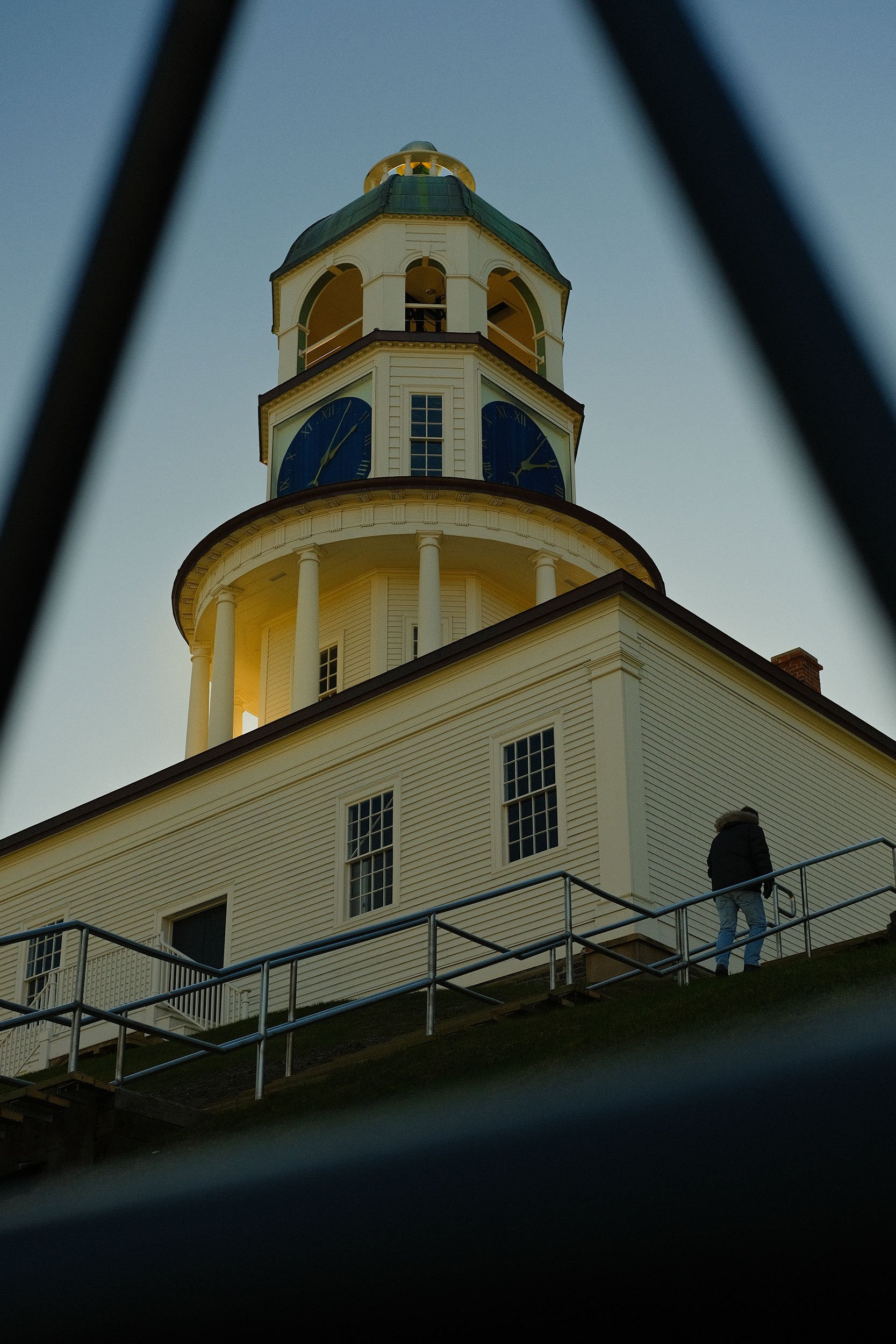Street Photography in Small Cities
It’s early in the morning, and I am sitting at the departure gate at Florence Airport. I'm returning home after nearly two weeks of travel and street photography in Italy.
Florence gets more than 11 million visitors per year. In a city of about 370,000, that’s a lot! With so many people focused on their time in Florence, street photography becomes more comfortable as it’s easier to blend in without much notice from anyone else around you. Some areas are more evident than others, but it’s less of a challenge to blend in when so many others are pointing phones at famous things.
Nova Scotia has a population of over 1 million, with Halifax, the capital and largest city, accounting for about half of that. The summer months temporarily bring plenty of tourism and new people to the city, but it remains a small city.
There has been a growing interest in street photography among photographers. Creative expression, everyday life, and chance encounters - all accessible outside the front door with almost any camera. But make no mistake, street photography is not as easy as simply heading outside and being presented with fantastic opportunities. It is one of the most difficult genres of photography. With so many factors going into what makes street photography successful, being in a smaller city can present several challenges depending on what type of street photography you are striving for.
Limited Diversity in Subject Matter
Street photography can either include people or not, instead focusing on elements, shapes, colours and more of the city you are in. But you will find that most street photographers concentrate on having people as the subject in their composition, as many consider it the heart and soul of a great street photo. And when fewer people are around, getting a diverse mix of subjects doing exciting and unique things can be challenging. You may find yourself waiting longer for occurrences of interest. Larger cities are filled with a mix of residents and visitors passing through, whereas smaller cities usually have less cultural diversity and tourism.
Less Privacy, More Awareness
In a small city, there is no mistake that the fewer people around, the more you will stick out. In many cities, taking pictures of people in public is perfectly fine. Still, even with that law behind you, it can become increasingly uncomfortable when people notice what you are doing directly. It will increase the likelihood of someone questioning your actions if that person is in your camera’s direction. Street photography success comes with comfort and spontaneity; people being aware of your actions usually decreases both. In my experience, conversations I have had are rare; if they happen, they are friendly conversations. It’s best to be honest about what you are doing and be open to showing them the photo.
Limited High Traffic Areas
Certain cities, like London, New York, Paris, and Tokyo, are renowned for fantastic street photography opportunities. These cities have a reputation for a reason, and their surroundings and backgrounds make them great for candid photography. The diversity of high-traffic locations allows them to be a constant source of inspiration and opportunity. With limited areas of regular pedestrian traffic, you may visit a location occasionally, making it seem repetitive or causing a lack of creativity and variation.
Summary
The challenge of street photography in a small town is something that many street photographers endure. When you arrive in a larger city, the differences are immediately evident. While subject matter often focuses on human subjects, smaller cities have less diversity and volume. Additionally, street photography can cause discomfort when people become aware of your intentions. Although there are specific challenges, there can still be success with your approach.

